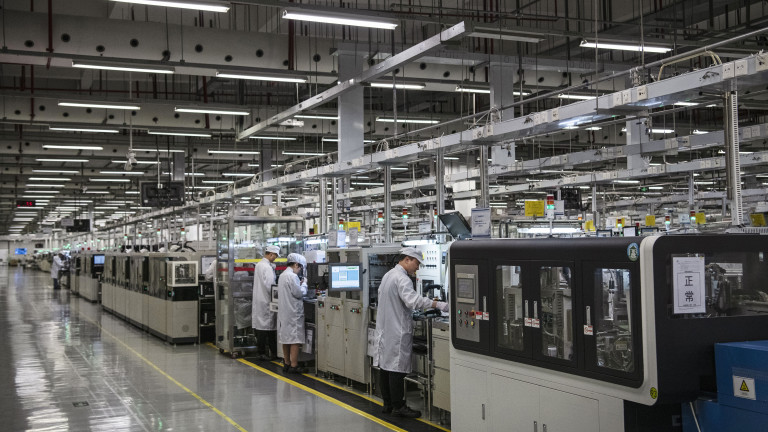Factories in the eurozone are hiring new workers at a record pace in an attempt to catch up with the high number of orders, writes Bloomberg. The creation of new jobs was particularly visible in Germany and Austria last month, according to IHS data. In Europe’s largest economy, the index, which tracks the development of the sector, recorded a level of 65.9 in July, the third highest since 1996.
The report also emphasizes that producers are still facing significant changes in supply chains and are passing on higher costs to customers.
–
–
The world’s economies are recovering from the pandemic and European factories are working at full steam. Businesses in North Asia are also benefiting from growing global demand, but Southeast Asia – where the pandemic is currently raging – is demonstrating how quickly the crisis could erupt again.
For now, confidence in a bright future in the eurozone remains high. The index, which measures economic expectations, has risen to its highest level since at least 1985. The International Monetary Fund has also raised its forecast for the economies of the 19 countries that share the euro. The European Central Bank is preparing for a “strong” increase in economic activity in the current quarter.
“Manufacturers and their suppliers are failing to boost production fast enough to meet growing demand, which is driving prices up,” said Chris Williamson, an economist at IHS Markit.
In July, new orders increased significantly, fueling strong growth in unfinished business. The widespread shortage of materials and the possibility of transport also bring record growth in costs and sales prices.
In stark contrast, China’s manufacturing sector is recording its weakest expansion in almost a year and a half, writes The Wall Street Journal. The official index fell to 50.4 in July, from 50.9 in June. Economists expected 50.8. The limit of 50 separates the expansion from the contraction.
Among the reasons are the record rains in central China and the floods that followed in some places. In some cities, power outages have also affected production.
The sub-index, which tracks export orders, sank even deeper to 47.7 in July, from 48.1 in June, signaling a weakening external demand for Chinese goods.
A possible slowdown in the entire economy was highlighted by the index, which tracks services and construction. It fell to 53.3 from 53.5 in June.
– .


